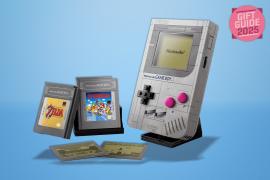The Stuff Awards 2025: top design and innovation of the year
It's time to celebrate the categories that pushed the boundaries forward in 2025
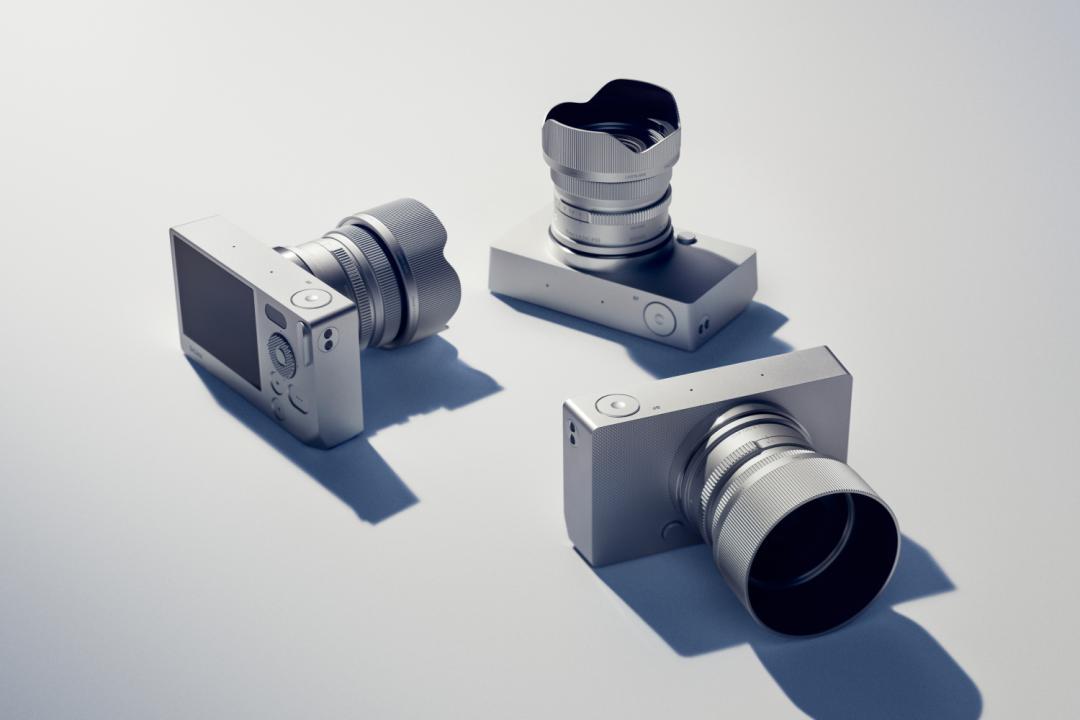

Our Innovation award celebrates the rule-breakers and boundary-pushers. In 2025, manufacturers didn’t play safe. They embedded AI into hardware, pioneered stair-climbing robots, squeezed desktop GPUs into tiny laptops and reimagined decades-old car designs for an electric future.
This award honours the product that took the biggest leap into uncharted territory – the one that made us glimpse tomorrow.
Our Design award recognises that beauty and brains needn’t be mutually exclusive. Whether through revolutionary materials, interface elegance or pure aesthetic confidence, some products simply transcend their category.
This award goes to the device that stopped us mid-scroll, that elevated functional objects into desirable ones and proved great design remains timeless, even as technology races forward.
2025 Design Award: Sigma BF
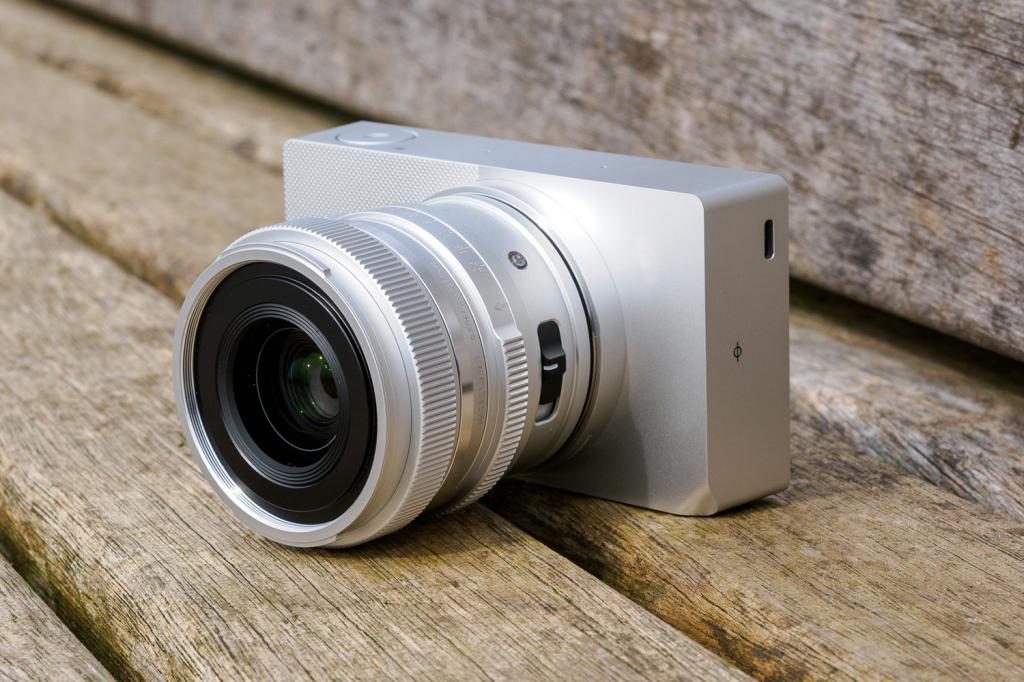
Some products appeal to your logic, while others speak directly to your soul. The Sigma BF sits firmly in the latter camp. This full-frame mirrorless camera is the most strikingly minimal we’ve seen in years – a sleek aluminium trapezoid that makes even Leica’s famously restrained M11-D seem overengineered by comparison.
The BF’s all about sharp lines, with virtually no buttons and no flaps or doors. Just beautifully clean metalwork that turned heads everywhere while we tested it – passers-by, baristas and fellow photographers all stopped to stare. That uncompromising aesthetic demands sacrifice, and there’s no viewfinder or hot shoe here, plus slightly awkward ergonomics that kept us worried about dropping it on the pavement.
Yet shooting with it reminded us why we fell for photography initially. The BF isn’t engineered for practicality – it’s crafted to inspire composition. Sometimes heart should trump head, and this soul-stirring block of Japanese minimalism shows exactly why.
Highly commended
iPhone Air
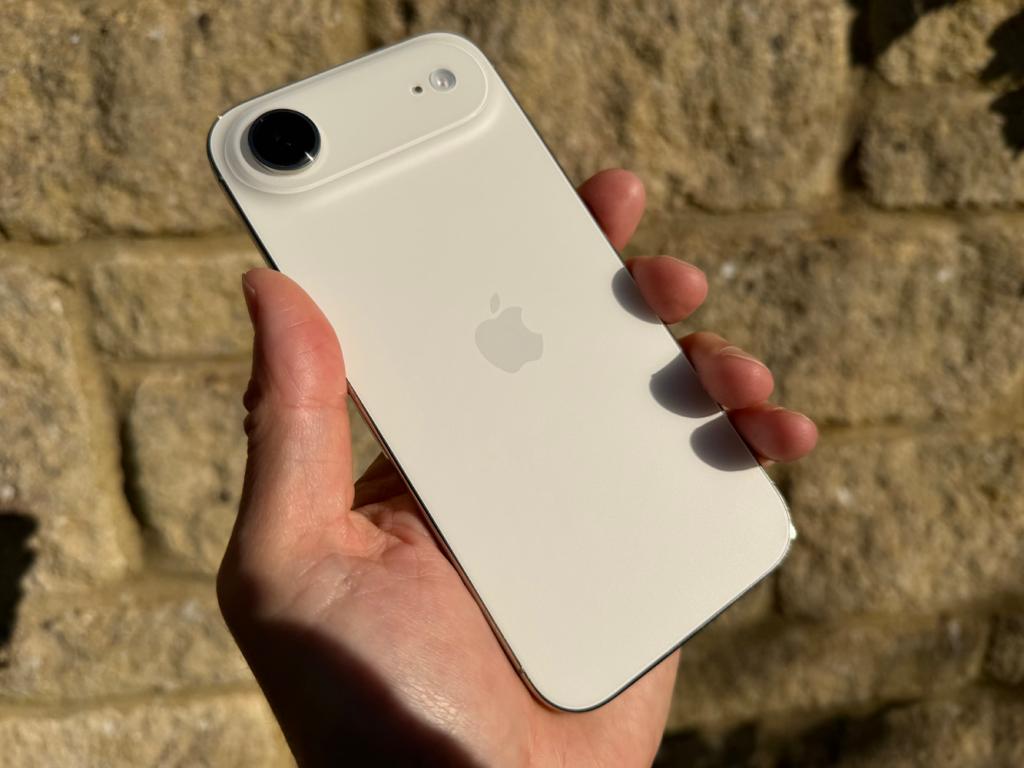
Picking up the iPhone Air, you’re struck with a strange feeling: how can a flagship smartphone possibly feel this insubstantial? At just 5.6mm and 165g, the Air makes the 200g-plus iPhone 17 Pro feel like a paperweight. As an engineering achievement, it’s stunning: high-grade titanium wrapped around A19 Pro power, all impossibly thin yet reassuringly solid (no Bendgate 2.0 fears here).
But this stunning design necessitates compromise, and the Air’s single-camera system feels like a steep price to pay for its thinness; that missing ultra-wide lens matters more than Apple’s spin suggests. Battery life requires workarounds too, with Apple’s dedicated MagSafe pack fitting neatly under the full-width camera plateau but bulking things out. Even the physical buttons feel less tactile when miniaturised.
As a high-concept alternative to the standard numbered iPhone models, the Air impresses spectacularly. We’re still not quite sure that its slimness is worth the loss of photographic versatility, though.
Nothing Headphone (1)
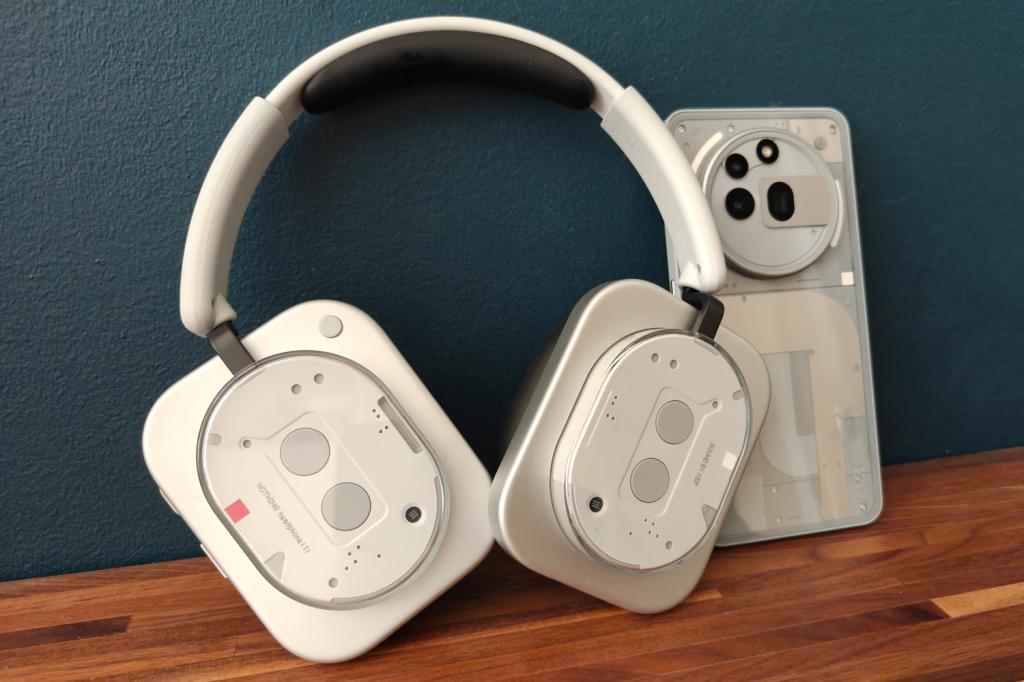
Nothing’s first foray into over-ear headphones can’t quite match the class-leading competitors when it comes to audio performance. But when it comes to design, the Nothing Headphones 1 are basically in a class of one, boldly striding into full fashion statement territory. The riskiest, most divisive element of the styling? The transparent ear cups, beneath which can be glimpsed textures and shapes that hint at the electronics inside.
Metal accents add premium heft, while the oval memory foam cushions hit a nice balance between comfort and sound isolation. The physical controls show thoughtful design too: you spin a chunky roller for volume, click it to play/pause tracks and long-press to switch between noise-cancelling modes. Meanwhile, nudging the slim Paddle button left or right skips tracks. Everything’s intuitive and operable by touch alone.
For those already sold on Nothing’s idiosyncratic retro-futuristic aesthetic, these are the cans that can.
Also shortlisted
Technics SL-40CBT, KM5 Lightwear Headphones Hp1
2025 Innovation Award: Huawei Mate XT
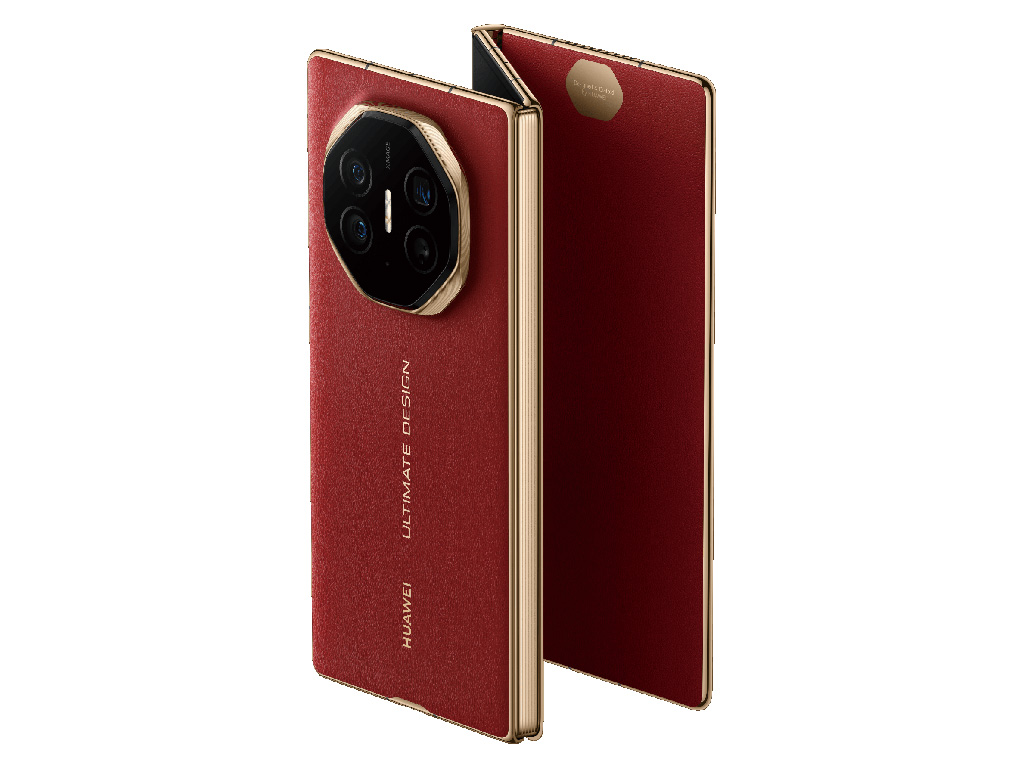
A 10.2inch tablet that slips into your jeans pocket isn’t just clever engineering – it’s sci-fi made real. The world’s first tri-fold smartphone transforms through three configurations: 6.4in phone, 7.9in book-style device and full tablet. That Z-shaped dual-hinge achieves something genuinely innovative: tablet-sized screen real estate minus the bulk.
At just 12.8mm folded – barely thicker than conventional book-style foldables – the Mate XT proves tri-fold needn’t mean chunky. Unfold completely and each third measures a mere 3.6mm, yet Huawei’s crammed in flagship cameras (50MP main, 12MP periscope telephoto), 16GB RAM and 66W rapid charging. The 16:11 aspect ratio lets you run three apps side-by-side-by-side for unprecedented multitasking.
Sure, limited Western software availability and battery life that can’t quite match rivals represent compromises. But this is less about perfection and more about pushing the idea of what a phone can be. The Mate XT is tri-fold technology that works brilliantly right now, delivering a genuinely futuristic experience.
Highly commended
Apple CarPlay Ultra
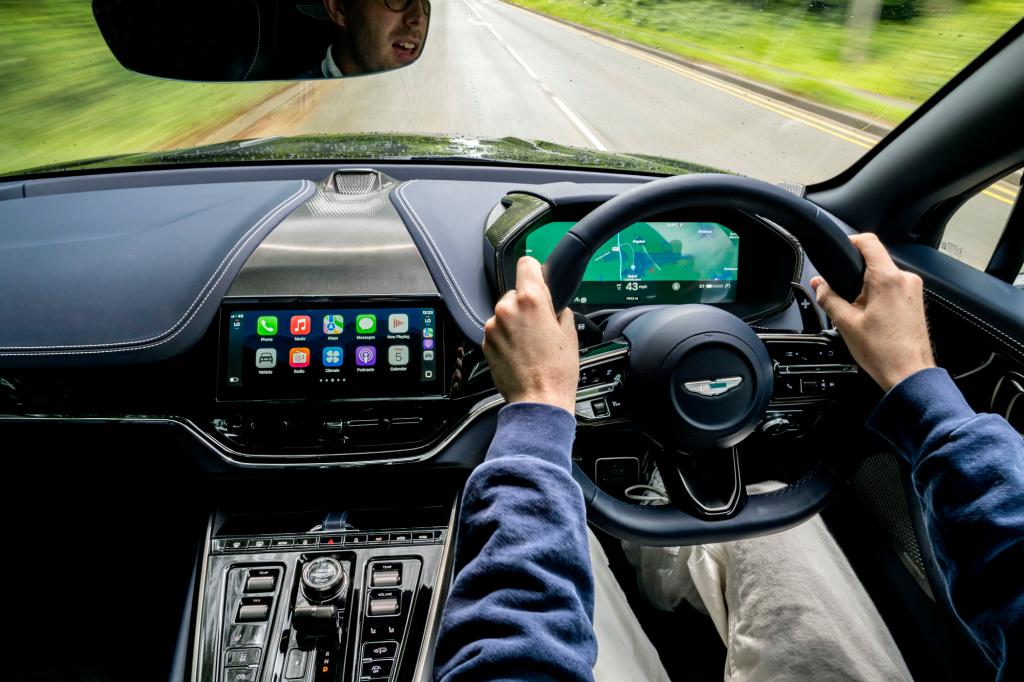
After testing Apple CarPlay Ultra in an Aston Martin DBX, we’ve seen the future of in-car control – and it’s already here. This is brilliant software that takes automobile infotainment from jumbled mess to slickly integrated, well-organised order.
Traditional CarPlay lives alongside your car’s system, forcing constant menu-hopping between Apple apps and the manufacturer’s own controls. CarPlay Ultra erases that clunky division entirely, delivering one seamless interface spans every screen – instrument cluster, centre display, the lot – whilst controlling climate, suspension, drive modes and heated seats. It’s all rendered with Apple’s trademark responsiveness, smartly tailored to fit your car brand’s aesthetic and, in the DBX at least, controllable using steering wheel touchpads.
Android Auto and standard CarPlay suddenly feel prehistoric in comparison. Even better: compatible Aston Martin, Porsche and Mercedes owners can get CarPlay Ultra via a dealer update, with no need to buy a new car.
Sony RGB LED
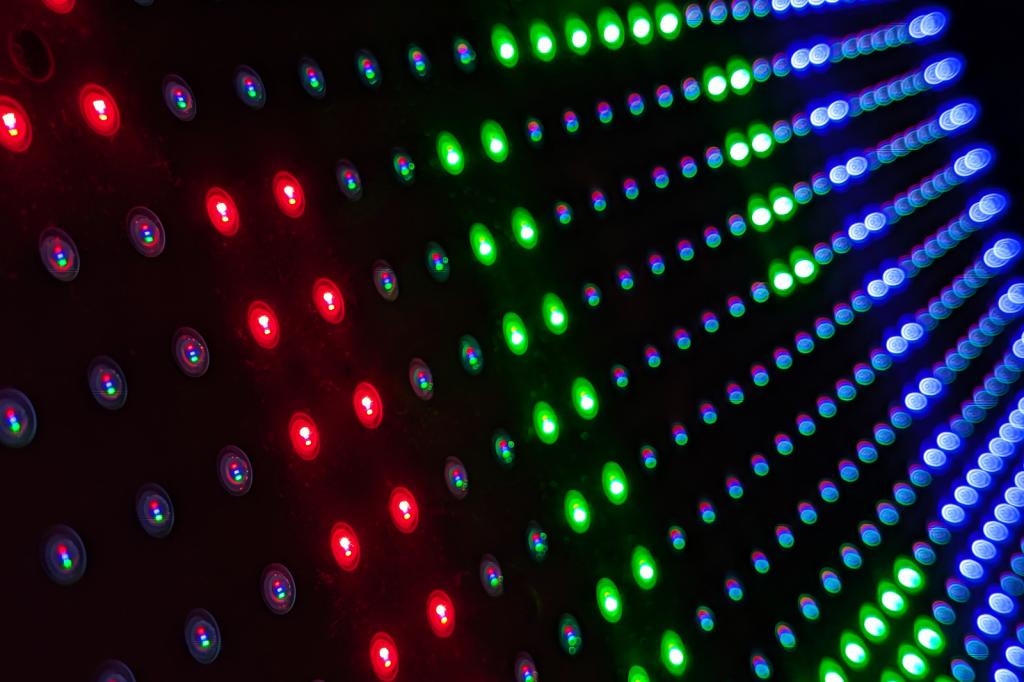
Sony’s RGB LED technology completely rewrites the rules of TV displays. By replacing white Mini-LEDs with individual red, green and blue LEDs, Sony nixes the blooming that plagues Mini-LED whilst delivering four times the colour volume of QD-OLED. The result? A display that trounces both existing technologies at their own game.
Where OLED offers perfect blacks but limited brightness, and Mini-LED provides searing luminance with compromised light control, RGB LED delivers both. The prototype we saw offered comparable black handling to OLED, 4000-nit peak brightness and reference-level colour accuracy beyond anything on standard televisions. In direct comparisons, the difference was night and day.
This isn’t vapourware either. Sony’s decades of backlight control know-how mean production models could arrive as soon as CES 2026, potentially in sensible 55in or 65in sizes. After years of OLED dominance, the TV landscape is about to shift dramatically.
Also shortlisted
Technics SL-40CBT, KM5 Lightwear Headphones Hp1



